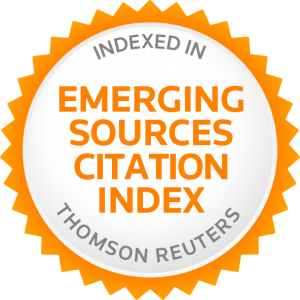NON-DISPOSAL KA IN TAIWAN SOUTHERN MIN
Huei-Ling Lin/ National Chung Cheng University
In addition to denoting disposal, ka in Taiwan Southern Min has other functions such as introducing goal, source, benefactive, and adversative. Like the disposal ka-construction, the ka NP in goal/source ka constructions is semantically related to the postverbal object. Compared with the disposal ka-construction, goal/source ka-constructions sometimes require one more postverbal argument. As for benefactive/adversative ka-constructions, they differ from the other ka-constructions in that the benefactive/adversative argument is often optional. This paper discusses the non-disposal ka constructions, and it argues that Lin’s (2010) account of the disposal ka-construction can be applied to account for goal/source ka-constructions. The benefactive ka-construction and the adversative ka-construction are semantically related, and they also have the same structure. To sum up, among the four types of non-disposal ka construction, two of them (goal and source) are argued to have the same structure as that for a disposal ka-construction, and the benefactive/adversative ka-constructions have their own distinctive structure.
Key words: Taiwan Southern Min, ka-construction, patient, goal, source, benefactive, adversative



